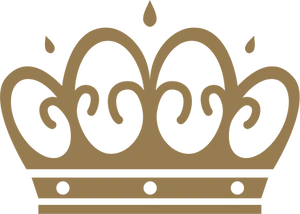7 steps to prepare Baby Formula
Ensuring the proper preparation and storage of infant formula is crucial for your baby's well-being. It is essential to follow these guidelines to guarantee that the formula you provide to your baby is both safe and nutritious.
-
Verify the Expiration Date Inspect the formula container for an expiration or "use by" date. It's essential not to use the formula after this date, as its quality and safety cannot be assured. Do not purchase or use expired infant formula.
-
Hand Hygiene Before preparing the formula, wash your hands meticulously with soap and water. Ensure that your hands are thoroughly dried. Also, clean the area where you plan to prepare the formula.
-
Preparing Bottles Before using bottles, nipples, caps, and rings for the first time, sterilize them. You can achieve sterilization through various methods:
- Boiling the bottle and accessories in water for five minutes.
- Using a microwave steam sterilizer bag.
- Employing a standalone electric steam sterilizer.
After initial use, you usually do not need to sterilize bottles and their components. Instead, wash these items with hot, soapy water. Bottle and nipple brushes can be helpful for thorough cleaning. Alternatively, you can use a dishwasher.
However, you might continue sanitizing bottles if your baby:
- Is younger than 3 months old.
- Was born prematurely.
- Has a weakened immune system.
- Adding Water to Formula Infant formula is available in three forms:
- Ready-to-feed liquid.
- Concentrated liquid.
- Powder.
Do not dilute ready-to-feed liquid formula with water. For concentrated liquid and powdered formulas, follow the instructions provided on the product label for adding the appropriate amount of water.
Water Safety:
You can use clean tap water or bottled water for concentrated liquid or powdered formula. To ensure water safety:
- Ask your local public water supplier to test for lead in your water supply. If you have concerns, consult your healthcare provider regarding lead testing for your child.
- If you use well water, have it tested for harmful chemicals, germs, or minerals by your local health department.
- If you use well water or are concerned about water safety, boil the water for one minute, measure it after boiling, and allow it to cool to room temperature.
Fluoride:
Most public water supplies contain added fluoride, which is essential for preventing tooth decay. However, excessive fluoride intake can lead to dental fluorosis. If your baby consumes only concentrated or powdered formula, you may need to alternate between fluoridated tap water and low-fluoride bottled water, marked as "Deionized," "Purified," "Demineralized," or "Distilled." Consult your healthcare provider for guidance on fluoride supplements for your baby after six months of age.
- Measuring the Formula Accurately measure both the water and formula portions. Too much water can dilute the nutrients, while too little water can lead to digestive issues or insufficient hydration.
For ready-to-use formula:
- Pour the required amount of formula for one feeding into a clean bottle.
- Use formula only; do not add water or any other liquid.
- Attach the nipple and cap to the bottle.
For liquid-concentrate formula:
- Pour the necessary amount of water into a clean bottle.
- Add the specified amount of formula to the bottle.
- Attach the nipple and cap to the bottle and shake well.
For powdered formula:
- Determine the desired amount of formula following the package instructions.
- Measure the required amount of water and add it to a clean bottle.
- Use the provided scoop from the formula container to add the necessary scoops of powdered formula to the bottle.
- Attach the nipple and cap to the bottle and shake well.
For babies under 3 months, premature infants, or those with weakened immune systems, consider these extra steps to reduce the risk of cronobacter bacteria:
- Boil the water for one minute.
- Measure the water after boiling.
- Allow it to cool for five minutes.
- Prepare the formula.
- Cool the formula by placing the bottle under cold running water or in an ice bath until it reaches body temperature (98.6°F or 37°C).
- Verify that the formula is lukewarm, not hot, by testing it with a few drops on your wrist or the back of your hand.
- Warming the Formula (if necessary) It's perfectly acceptable to offer your baby room temperature or chilled formula. However, if your baby prefers warm formula, you can achieve this by placing a filled bottle in a bowl of warm water or running it under warm tap water. Always test the formula's temperature by placing a few drops on the back of your hand or wrist; it should feel lukewarm and not hot.
Avoid using a microwave to warm bottles, as it may heat the formula unevenly, creating hot spots that could harm your baby's mouth.
- Knowing When to Discard or Store Formula Use the prepared formula within one hour after starting the feeding. Dispose of any formula left in the bottle and do not refrigerate it, as bacteria from your baby's saliva can multiply in the formula.
If you are using ready-to-use formula, refrigerate any unused formula from a newly opened container. Discard any remaining ready-to-use formula that has been in the refrigerator for over 48 hours.
If you prepare multiple bottles of liquid-concentrate or powdered formula at once:
- Label each bottle with the date and time of preparation.
- Refrigerate the extra bottles until needed.
- Discard any prepared formula that has been in the refrigerator for more than 24 hours.
If you are uncertain about the safety of a formula container or bottle, it's advisable to discard it.

Maternal Mental Health: A Guide for New Mothers

How to Deal with Picky Eater Toddler: 10 Tips for Parents

Baby water safety: advice for parents

How To Create A Calming Bedtime Routine for Babies

Confused by Nutrition Labels? Discover the Ultimate Parent's Guide to Healthy Food Choices!

7 Major Impacts of Excessive Screen Time on Children's Health and Development

10 Veggies for Baby First Food Ideas

How to Prevent Your Child From Choking: A Guide to Introducing Solid Foods

How to navigate the newborn phase

Navigating Screen Time: Finding Balance with iPads and Kids

Nurturing Healthy Growth: Understanding Your Toddler's Milk Intake Needs

Formula Milk Handling: How Long Can Formula Milk Sit Out and More

Baby-Led Weaning vs. Traditional Weaning: Simplifying Toddler Nutrition with Kendamil Formula

Nurturing Toddlers: Kendamil Formula - An In-Depth Guide for Parents

Little Bearnie: Crafting Unique Moments for Little Ones with Love

Helping a teething baby

Baby teething: All you need to know

Folic Acid: Everything You Need to Know

Choosing the right baby formula

12 Baby friendly activities in Singapore

15 baby friendly and toddler friendly restaurants in Singapore

How To Prepare For Bringing Baby Home

Kendamil Supports Jamie Oliver Campaign To Maintain British Food Standards

Kendamil Wins GOLD Award Voted On By UK Mums (And Babies!)

Postpartum Recovery Tips For New Mums

Organic Milk: The Benefits for Your Baby's Health

Gifts for Newborns: Cherishing the Arrival

Baby Led Weaning: A Gentle Approach to Introducing Solids

Ovulation Calculator: Unlocking Fertility

Why Do Infants Require Baby Formula Instead of Cow's Milk?

Baby Formula Feeding (FAQs)

Is Goat's milk right for your baby?

Let's Learn About Colic...

Essential Bottle Feeding Items

Fascinating Newborn Facts

10 Things A New Parent Really Needs

New Parent Survival Tips

